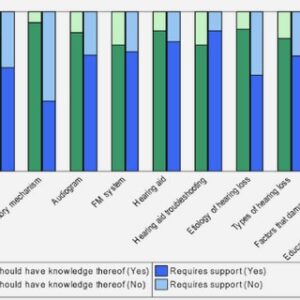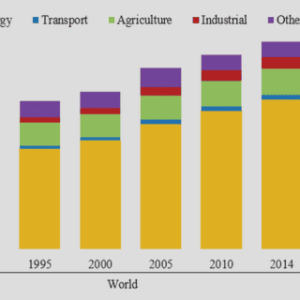(Downloads - 0)
For more info about our services contact : help@bestpfe.com
Table of contents
1 Introduction
1.1 The atmospheric aerosol
1.1.1 Definition, classification and sources
1.1.2 Aerosol impact on climate system
1.1.3 Aerosol impact on human health
1.2 Trend, composition and properties of the European aerosol
1.3 Soot particles
1.3.1 From emission to deposition
1.4 Impact of black carbon on climate
1.4.1 Black carbon-radiation interaction
1.4.2 Black carbon-cloud interaction
1.4.3 Snow darkening
1.4.4 Effects of mixing on optical properties of black carbon
1.5 Variability of BC concentration in the European atmosphere
1.6 Soot measuring techniques and nomenclature
1.7 Objectives of the present study
2 Methodology
2.1 Parametrization of the aerosol optical properties
2.2 Attenuation photometry
2.2.1 Uncertainties
2.3 Thermal optical technique
2.3.1 The OC/EC analyzer
2.3.2 Existing thermal procedures and discrepancies
2.3.3 The EUSAAR-2 protocol
2.4 Laser induced incandescence
2.4.1 The single particle soot photometer
2.5 BC measuring techniques: how do they compare?
3 A European aerosol phenomenology-5: climatology of black carbon optical properties at 9 regional background sites across Europe
3.1 Introduction
3.2 Method
3.2.1 Terminology
3.2.2 The ACTRIS sites
3.2.3 Experimental methods
3.3 Results and discussion
3.3.1 Spatial and seasonal variability of mEC and σap
3.3.2 Spatial variability of the MAC
3.3.3 Temporal variability and seasonal cycles of the MAC
3.3.4 Dependence of MAC on aerosol mixing degree
3.4 Conclusion
Supplementary material
4 Mixing state and absorbing properties of black carbon during Arctic haze
4.1 Introduction
4.2 Material and methods
4.2.1 Sampling site and meteorology
4.2.2 BC measuring techniques
4.2.3 Additional dataset and optical modelling
4.3 Arctic spring aerosol
4.3.1 Aerosol optical properties
4.3.2 Arctic black carbon
4.4 Coating effects on aerosol optical properties
4.4.1 Enhancement of black carbon mass absorption cross section
4.4.2 From particles to aerosol: estimated and observed optical properties
4.5 Conclusion
5 Ice residual properties in mixed-phase clouds at the high Alpine Jungfraujoch site
5.1 Introduction
5.2 Experimental: CLACE 2013 field campaign
5.2.1 Aerosol inlets: total inlet and Ice-CVI
5.2.2 Cloud probes
5.2.3 Aerosol concentration, size distribution and composition measurements
5.3 Results and discussion
5.3.1 Comparison of ice residual and small ice crystal concentrations
5.3.2 Assessment of aerosol instrument inter-comparability
5.3.3 Ice residual size distributions
5.3.4 Black carbon coating thickness
5.4 Conclusions
6 Conclusion and outlook
List of Figures
List of tables
References



